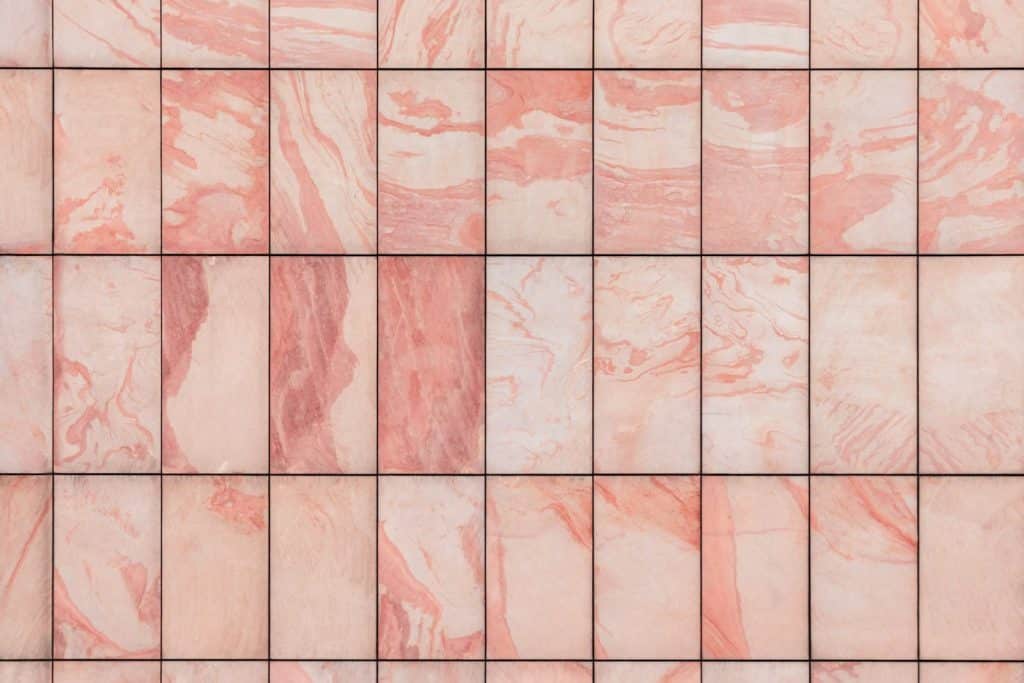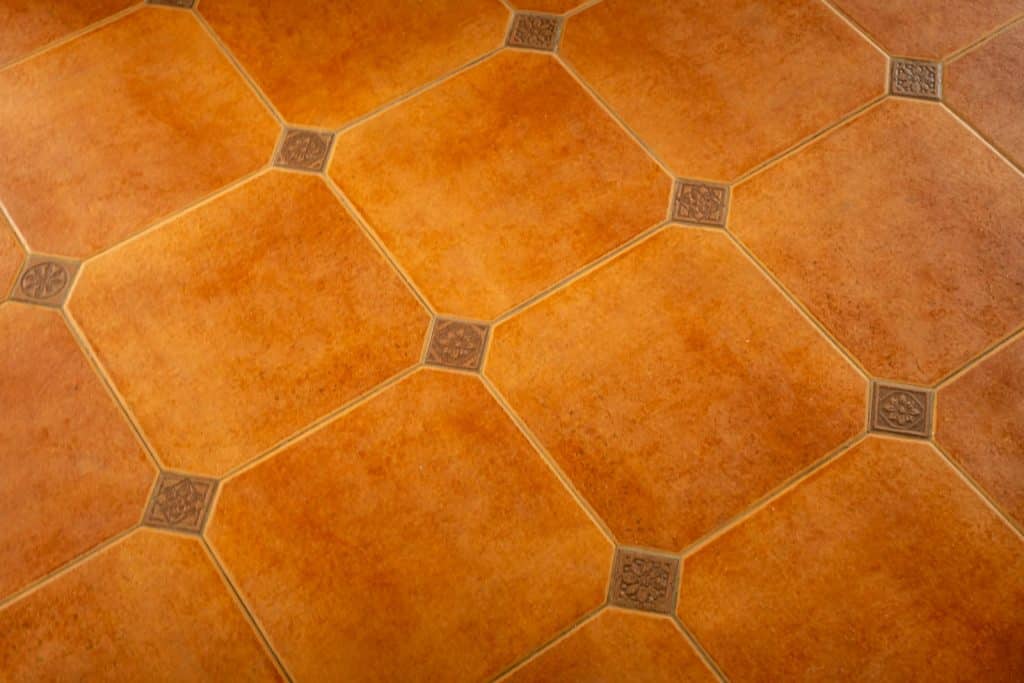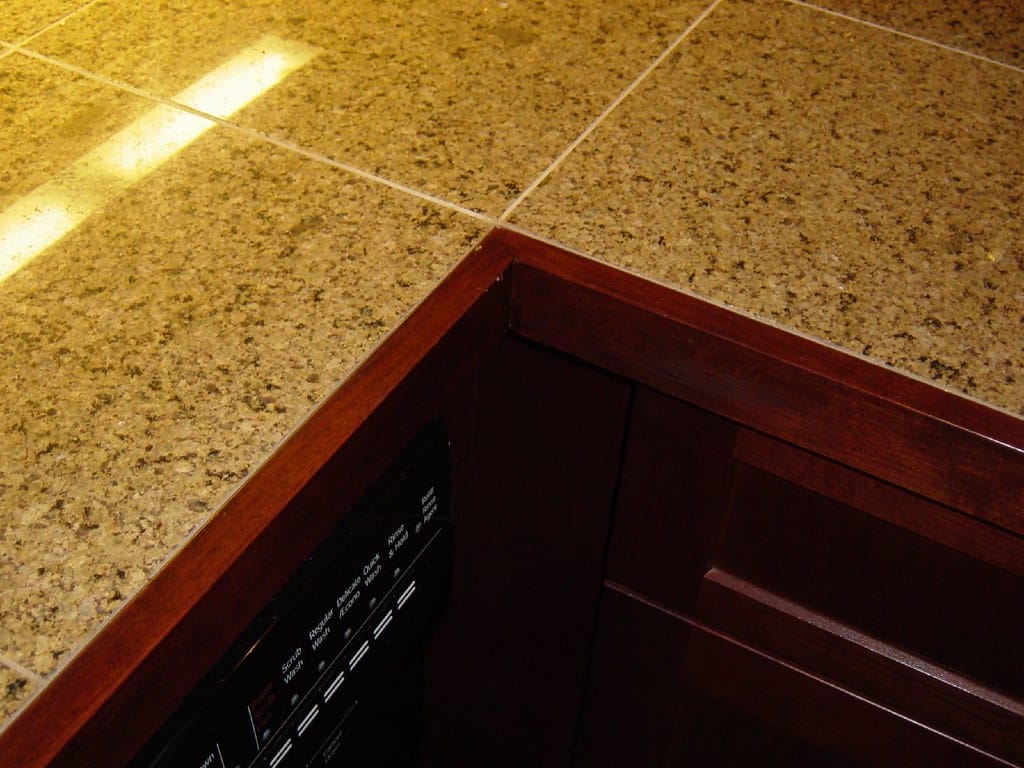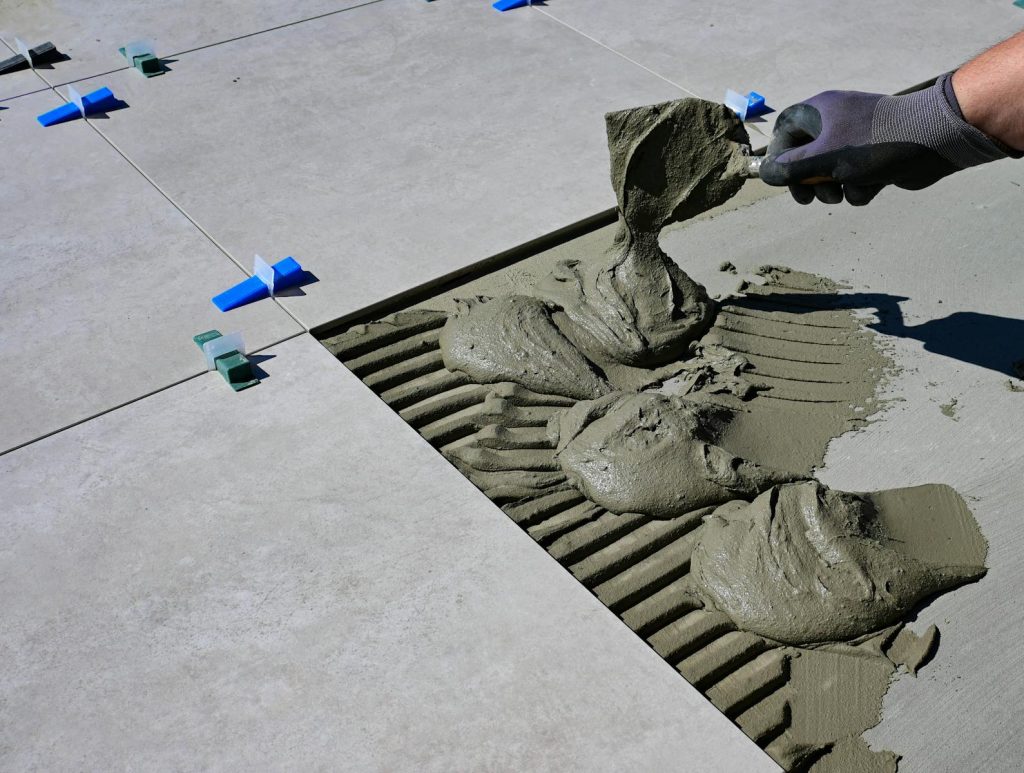Defective ceramic tiles, known by various names such as “seconds,” “factory seconds,” “spot ceramics,” or “export-quality tiles,” have gained popularity among homeowners and contractors looking for budget-friendly renovation solutions. While these tiles are not flawless, they often provide a cost-effective alternative to first-quality options. But what exactly makes a ceramic tile “defective,” and are they a practical choice for your project? Let’s dive into the details.
What Are Defective Ceramic Tiles?
Defective ceramics are tiles that don’t meet the manufacturer’s strict quality standards due to minor or moderate imperfections. These flaws can include:
- Size/Calibration Issues: Slight deviations in tile dimensions.
- Surface Defects: Glazing inconsistencies, tiny scratches, or color variations.
- Warping: Uneven edges or curvature due to firing or drying processes.
- Pattern Misalignments: Irregularities in decorative prints or textures.
Importantly, defective tiles are not cracked or structurally compromised. They are typically sold in bulk, packaged on pallets, and often lack warranties. Severely damaged tiles, however, fall into the “scrap” category and are unsuitable for installation.
Benefits of Choosing Defective Ceramics
- Cost Savings: Defective tiles are typically 30–60% cheaper than first-quality options, making them ideal for large-scale projects.
- Unique Aesthetic: Minor imperfections can add a rustic, handcrafted charm to spaces like patios or accent walls.
- Eco-Friendly: Purchasing “seconds” reduces waste from factory rejects.
Drawbacks to Consider
- Inconsistent Appearance: Color mismatches may require careful sorting.
- Limited Stock: Specific designs/sizes may not be restocked.
- Installation Challenges: Warped tiles need skilled handling.
Where to Use Defective Tiles
- Low-Visibility Areas: Garages, laundry rooms, or basements.
- Creative Projects: Mosaic art or decorative backsplashes.
- Outdoor Spaces: Patios or garden pathways where flaws blend naturally.
Installation Tips for Defective Ceramics
- Inspect Each Tile: Sort tiles by shade and size before installation.
- Use Leveling Systems: Address warping with tile leveling clips.
- Adjust Layouts: Mix tiles with different imperfections for a cohesive look.
Maintenance Advice
- Apply a penetrating sealer to protect porous tiles.
- Use color-matched grout to minimize the visibility of gaps.
Final Verdict
Defective ceramic tiles are a practical choice for budget-conscious projects where perfection isn’t the goal. By combining them with the right tools and techniques, you can achieve stunning results without overspending.







